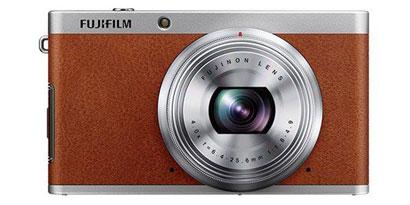


In the box, you will find the user guide and other info, 2 AA batteries, the lanyard, and the instax mini 40 of course. To save power, the camera will auto power off after 5 minutes. Powered by 2 AA batteries, the instax mini 40 can capture 100 prints before the batteries must be replaced. At night though, the flash saves the day and ensures that the subject has adequate lite. I did find that in bright conditions, the lighter areas were over-exposed, thanks to the automatic flash. The exposure goes from LV 5.0 to 14.5 depending on how much light is in the scene. The film does struggle if you shoot at the sun, so best to always shoot away from the sun. The auto-exposure does a good job at capturing both dark and light elements and blending them into the image. The programmed electronic shutter captures images at 1/2 to 1/250 sec and features Slow synchro for low light. The instax mini 40 uses automatic exposure to optimize the shutter speed, flash, and other settings, to capture images no matter the time of day. You can also pull out the lens further to capture selfies or close-up shots of objects, as long as you keep to 0.3 and 0.5m from the object, otherwise, things get blurry. It takes roughly 90 seconds for the film to develop, and no shaking is necessary. The image will start to print and will come out of the top slot. What you see through the viewfinder is slightly off-center, so keep this in mind when getting your subject in the frame. To do so, simply look through the viewfinder on the back of the mini 40 and press the shutter button. Now you are ready to capture an image and get an instant print. The camera is turned on by pushing the button located on the lens, which then opens the shutter while extending the lens. The mini 40 uses the instax mini Instant film sheets and the new Contact Sheets both in the 62 mm × 46 mm size.


 0 kommentar(er)
0 kommentar(er)
